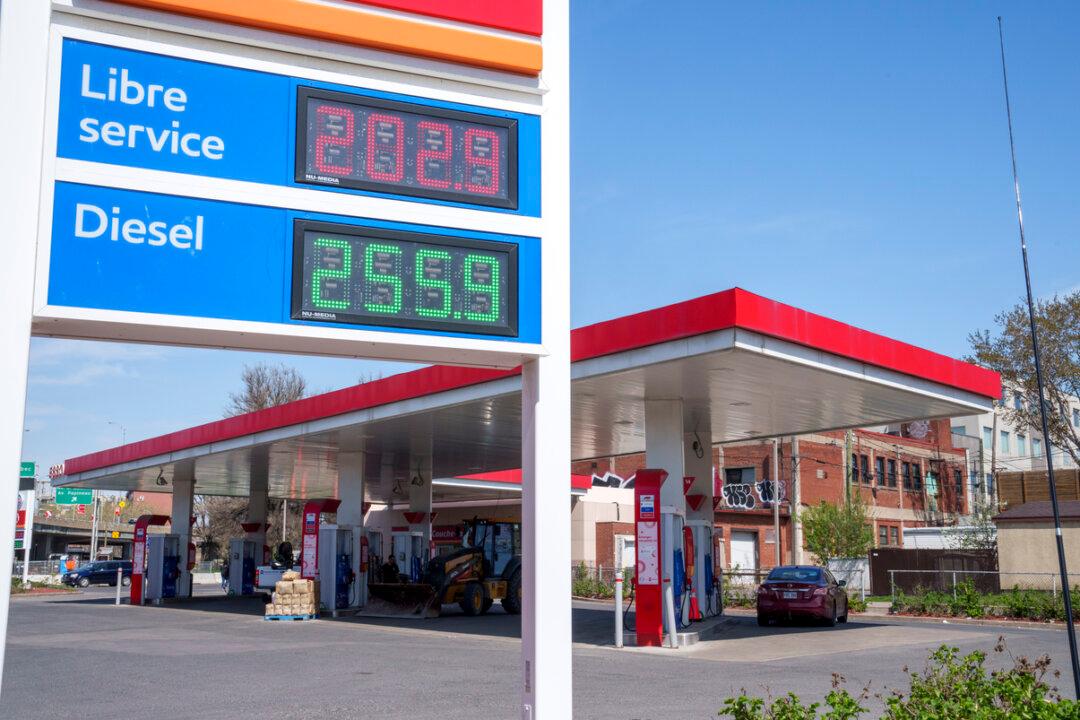The federal government is delaying the release of new greenhouse gas emissions (GHG) standards until late 2023, but the new regulations are expected to push the oil and gas sector to make bigger emissions cuts by 2030.
Last week, the federal cabinet approved the final regulations of the Clean Fuel Standard (CFS) introduced in 2016 as part of the Liberal government’s climate change plan. The regulations were obtained by The Canadian Press on June 28 after being leaked ahead of their intended July 6 publication date.





